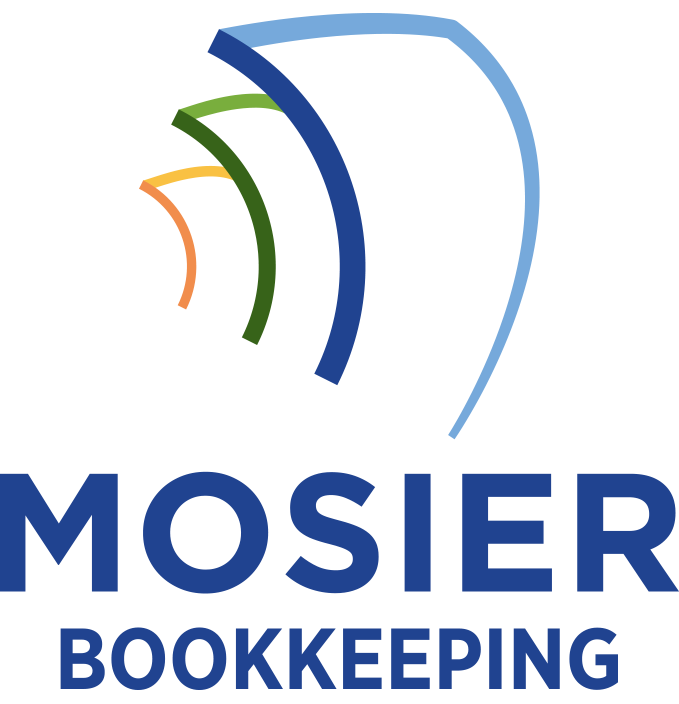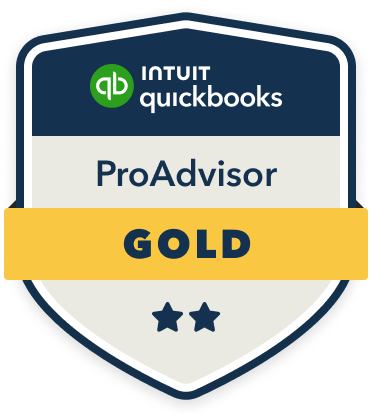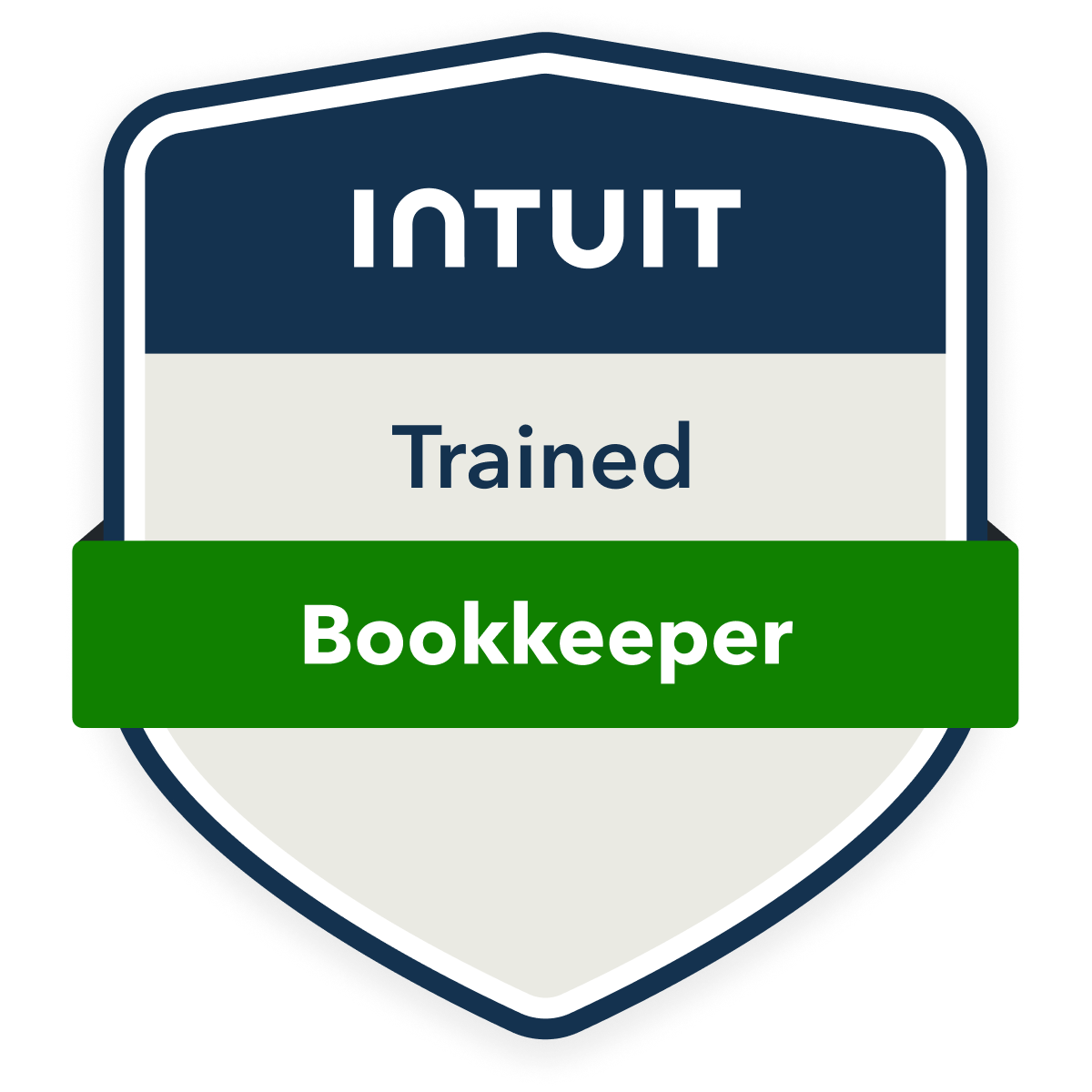To effectively manage community engagement through bookkeeping, I recommend implementing an extensive data collection framework that integrates digital tracking tools with standardized documentation processes. You’ll need cloud-based CRM platforms for real-time metrics, automated analytics dashboards, and systematic impact measurement protocols. Focus on establishing clear KPIs, maintaining secure data encryption, and developing regular reporting systems. The right combination of these elements will transform your community interactions into measurable, actionable insights.
Building a Comprehensive Data Collection Framework

A robust data collection framework serves as the foundation for effective community engagement bookkeeping. I recommend establishing clear metrics that track both quantitative and qualitative data points across your community initiatives. You’ll need to implement standardized forms, digital tracking systems, and automated data entry protocols.
I’ve found that categorizing data into key performance indicators (KPIs) like participation rates, resource allocation, and impact assessments strengthens your decision-making power. By integrating cross-functional databases that capture demographic information, engagement frequency, and outcome measurements, you’ll command an expansive view of your community’s dynamics and maintain strategic control over program direction.
Implementing Digital Tools for Engagement Tracking
Modern community engagement tracking calls for sophisticated digital tools that streamline data management and automate reporting processes. I’ve found that implementing the right digital solutions transforms how organizations monitor and analyze community interactions.
- Deploy cloud-based CRM platforms to centralize participant data and track engagement metrics in real-time
- Integrate mobile apps for field workers to input data directly during community events
- Utilize automated analytics dashboards to generate instant performance reports
- Implement secure data encryption protocols to protect sensitive community information
Measuring and Recording Community Impact Metrics

While tracking community engagement provides valuable data, measuring concrete impact metrics reveals the true effectiveness of outreach initiatives. I recommend focusing on quantifiable outcomes that demonstrate your program’s influence on key stakeholders.
| Metric Type | Measurement Method |
|---|---|
| Social ROI | Cost-benefit analysis |
| Behavior Change | Pre/post assessments |
| Resource Impact | Usage tracking system |
I’ve found that successful impact measurement requires establishing clear baselines before implementing new initiatives. Track both short-term wins and long-term transformations to build an exhaustive picture of your community influence. By documenting these metrics systematically, you’ll strengthen your position when seeking additional resources or expanding programs.
Creating Streamlined Documentation Processes
Streamlined documentation processes serve as the backbone of effective community engagement tracking. I’ve found that implementing systematic documentation empowers you to maintain control over your community impact data while minimizing time waste.
To create an efficient documentation system, follow these critical steps:
- Design standardized templates for all recurring engagement activities
- Implement automated data entry workflows using digital tools
- Establish clear naming conventions and filing hierarchies
- Create verification checkpoints for data accuracy
Developing Regular Reporting and Analysis Systems

Building on solid documentation practices, regular reporting and analysis systems transform raw data into actionable insights. I recommend structuring your analysis into weekly, monthly, and quarterly reports that track key performance indicators (KPIs) like engagement rates, response times, and community growth.
I’ve found that implementing automated dashboards saves time while ensuring consistent monitoring. You’ll want to analyze trends, identify patterns, and correlate community activities with business outcomes. This data empowers you to make strategic decisions and demonstrate ROI to stakeholders.
Set up customized alerts for critical metrics and schedule regular review sessions to adjust your engagement strategy based on these insights.
